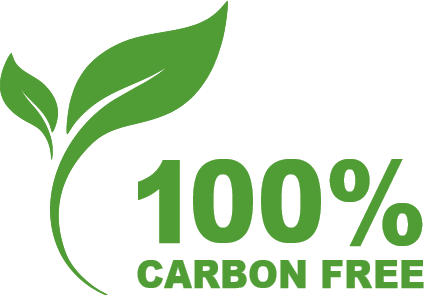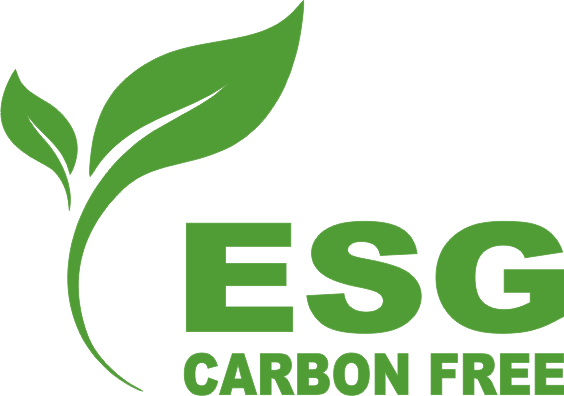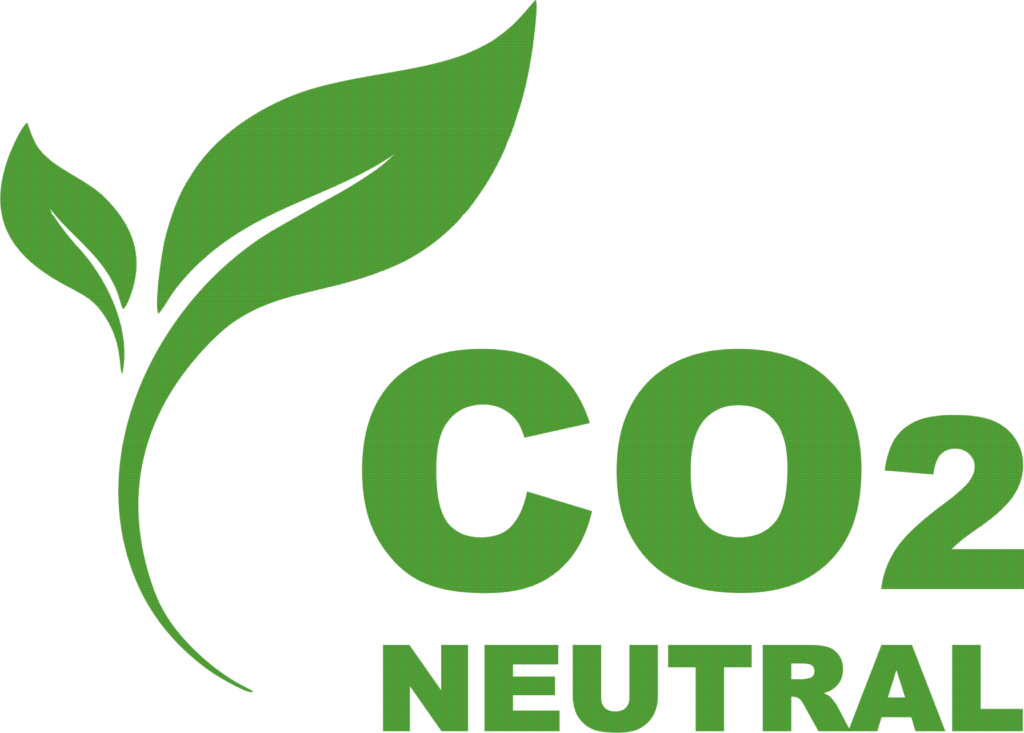Info
Carbon / CO2 - In general, the CO2 carbon footprint shall be calculated as the sum of the greenhouse gas emissions resulting directly or indirectly from the activities of an individual, organisation or event. These emissions are usually calculated over the whole year and are expressed in tonnes of carbon dioxide (CO2) or carbon dioxide equivalents (CO2e). ISO 14064-1:2018 is an international standard that provides a framework for organisations to measure, report and verify their greenhouse gas emissions. The standard contributes to global efforts to prevent climate change by providing a framework for organisations to track their emissions and report on their progress against climate targets. The specific formulas for calculating carbon footprints may vary depending on the specific situation and type of emissions. For example, emissions from direct consumption of fossil fuels may be calculated as the amount of fuel consumed multiplied by the emission factor for that fuel type. Emissions from electricity can be calculated as the amount of electricity consumed multiplied by the emission factor for the electricity source. www.iso.org
GHG Protocol - The GHG Protocol establishes comprehensive global standardised frameworks for measuring and managing greenhouse gas (GHG) emissions from private and public sector operations, value chains and mitigation actions. Building on a 20-year partnership between the World Resources Institute (WRI) and the World Business Council for Sustainable Development (WBCSD), the GHG Protocol works with governments, industry associations, NGOs, businesses and other organizations. The GHG Protocol organization offers training on standards and tools, as well as a "Built on GHG Protocol" verification service that recognizes sector guidelines, rules for products and tools that are compliant with GHG Protocol standards. www.ghgprotocol.org
Carbon Disclosure Project (CDP) is an international non-profit organisation that helps companies, cities, countries and regions to publish information about their environmental impact. CDP was founded in 2000 as the 'Carbon Disclosure Project', when it asked companies to disclose information about their climate impact. Since then, the scope of environmental disclosure has expanded to other areas such as deforestation, water security and biodiversity. The CDP now covers other areas such as biodiversity, plastics and oceans, and recognises the interconnectedness of nature and Earth systems. The CDP is considered the gold standard of environmental reporting, with the richest and most comprehensive database on the actions of companies and cities. CDP focuses on enabling investors, companies, cities and governments to build a sustainable economy by measuring and acting on their environmental impact. www.cdp.net
Gold Standard is the most widely used standard for sustainability management, setting out requirements for designing projects with maximum positive climate and development impacts. It is a tool for measuring and reporting results in the most credible and effective way. It specifies how to verify and also verifies the results achieved so that they can be used for offsets. www.goldstandard.org
According to the Directive CSRD (Corporate Sustainability Reporting Directive), large companies will have ESG reporting obligations from 2026 and listed SMEs from 2027. This obligation will cover all areas of ESG (Environmental, Social, and Governance) . Failure to report non-financial data can have negative impacts on a company, such as losing potential customers, investors, and partners who care about sustainability and corporate responsibility.
www.finance.ec.europa.eu
Shortcut ESG stands for "Environmental, Social and Governance" or "Environmental, Social and Governance Criteria". ESG are standards and indicators that are used to evaluate companies in terms of their environmental, social and governance performance. These criteria are used to assess how companies are managing issues such as climate change, human rights and corruption. ESG criteria are important for investors who want to invest in companies that are responsible and sustainable. www.commission.europa.eu
www.crif-esg.sk
European Sustainability Reporting Standards (ESRS) are a set of standards and indicators for companies engaged in non-financial reporting. These standards have been developed by the European Commission and will be used for all companies subject to the Corporate Sustainability Reporting Directive (CSRD) 1. The standards cover a range of environmental, social and governance issues, including climate change, biodiversity and human rights 1.
The ESRS have been prepared in light of discussions with international organisations such as the International Sustainability Standards Board (ISSB) and the Global Reporting Initiative (GRI) to ensure a high degree of interoperability between European and global standards and to avoid duplicative reporting by companies. www.efrag.org
GRI acronym stands for "Global Reporting Initiative" or "Global Reporting Initiative" in Slovak. GRI is an international, independent organisation that helps businesses, governments and other organisations understand and communicate their impact on issues such as climate change, human rights and corruption. GRI provides the world's most widely used standards for sustainability reporting, covering topics from biodiversity to tax, waste to emissions, diversity and equity to health and safety. GRI reporting is therefore an enabler of transparency and dialogue between companies and their stakeholders. GRI standards have been developed in discussions with international organisations such as the International Sustainability Standards Board (ISSB) and the Global Reporting Initiative (GRI) to ensure a high degree of interoperability between European and global standards and to avoid duplicative reporting by companies. www.globalreporting.org
Short SDG means "Sustainable Development Goals" or "Sustainable Development Goals" in Slovak. These are the 17 goals adopted by the United Nations in 2015 as a universal call to end poverty, protect the planet and ensure that by 2030 all people experience peace and prosperity. These goals are integrated - recognising that action in one area will affect outcomes in other areas and that development must take into account social, economic and environmental sustainability . Countries are committed to prioritising progress for those furthest behind . The SDGs are designed to end poverty, hunger, AIDS and discrimination against women and girls. Creativity, know-how, technology and financial resources from all walks of life are essential to achieve the SDGs. www.sdgs.un.org



